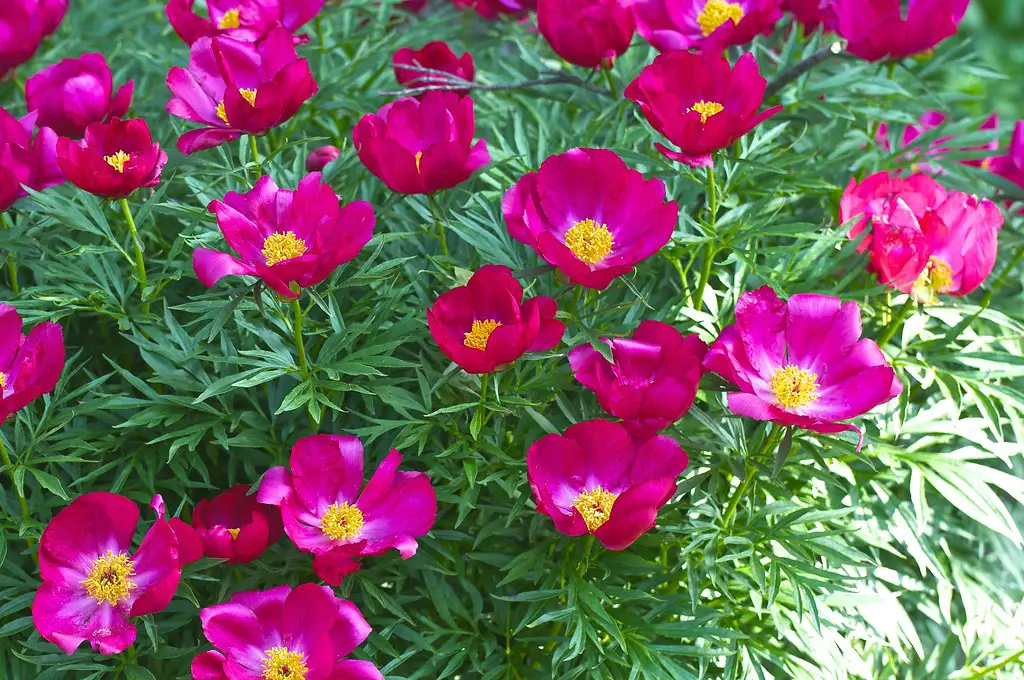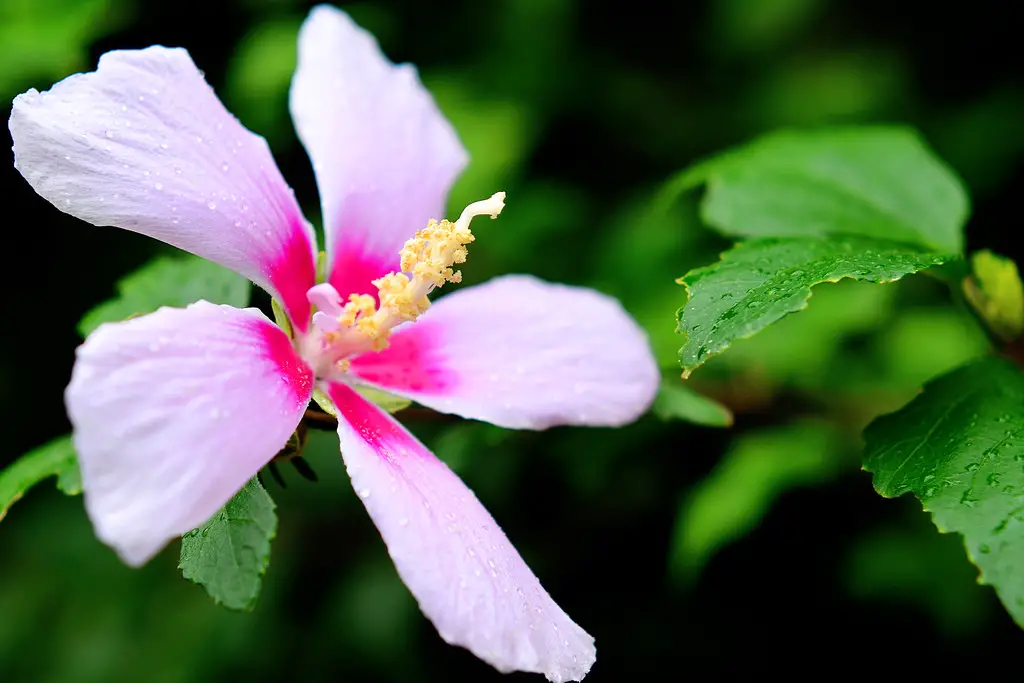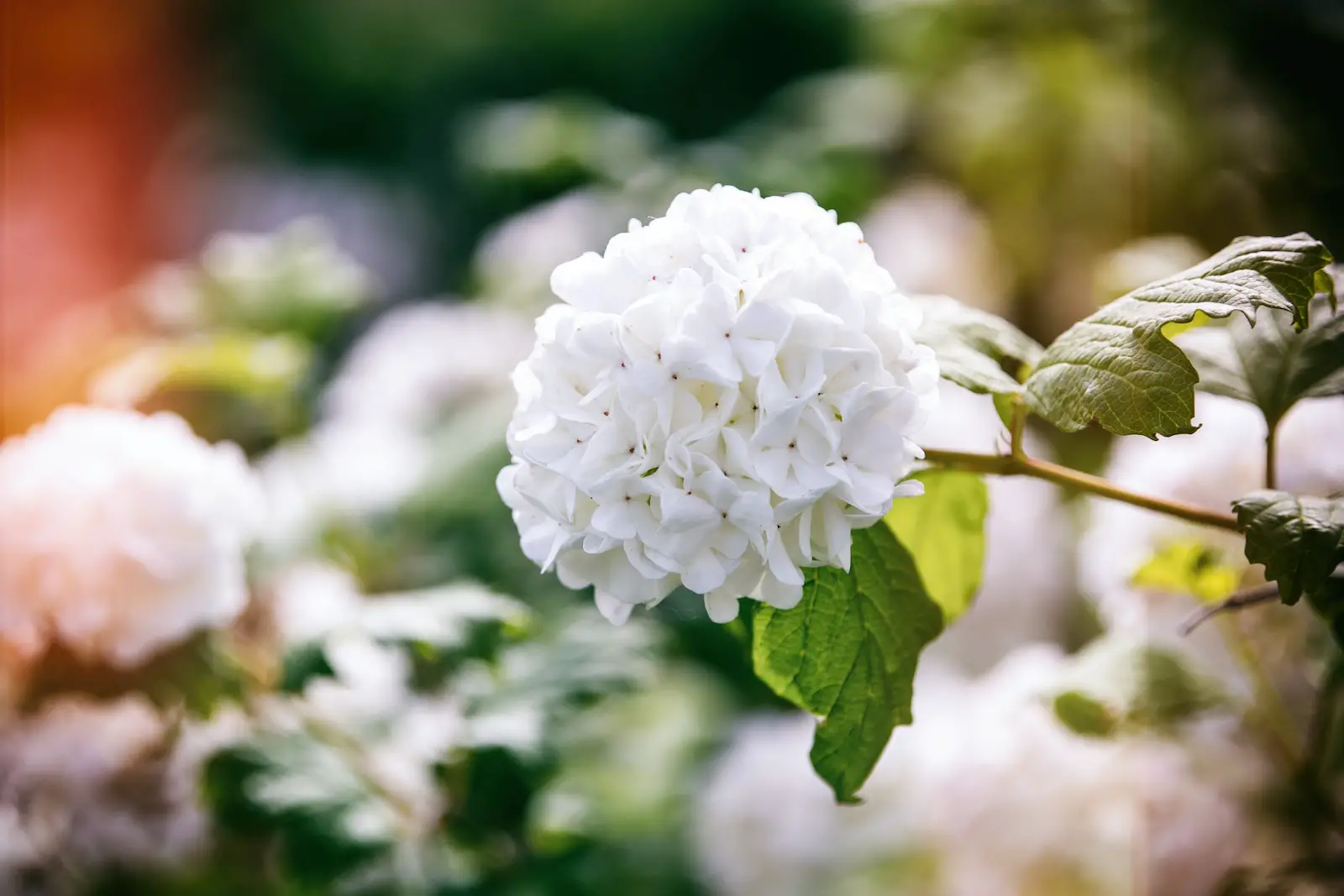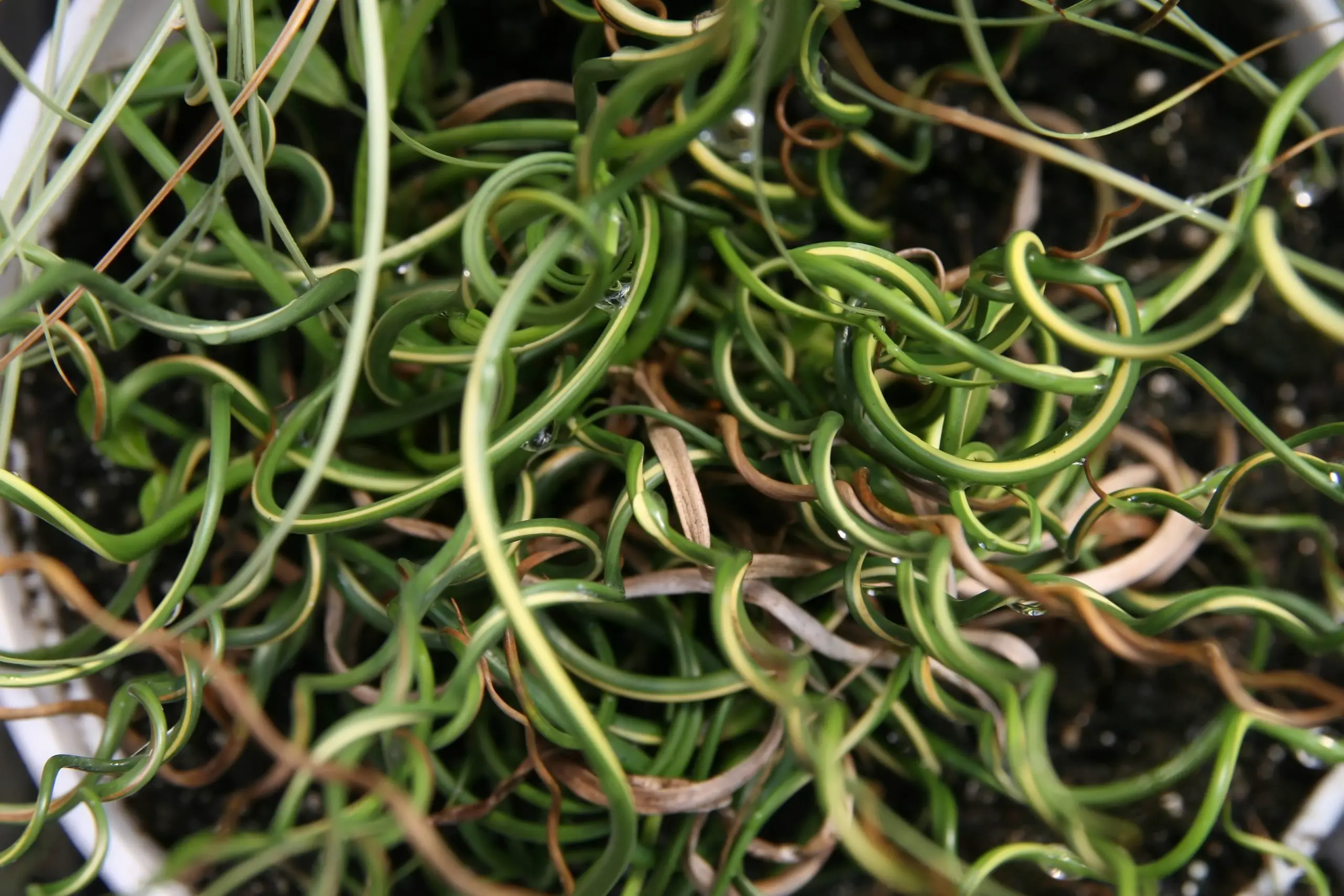The Fern Leaf Peony, a sought-after perennial plant known for its delicate, feathery leaves, and gorgeous blossoms, is a unique and stunning addition to any garden. Unlike most peonies, the Fern Leaf Peony has deeply dissected leaves that resemble fern fronds, giving the plant a light and airy appearance.
The flowers of the Fern Leaf Peony are typically bright red or scarlet, though some varieties might have different hues. Blooming in late spring, the large, bowl-shaped flowers are fragrant and eye-catching. The plants are generally small and compact, making them suitable for both garden beds and containers.
Native to the Caucasus Mountains and the surrounding region, Fern Leaf Peony (Paeonia tenuifolia) has a distinct charm that has made it a prized specimen among garden enthusiasts. Its elegance and distinctive appearance make it a conversation starter, but it’s not just a pretty face. The Fern Leaf Peony is known for its hardiness and resilience, thriving in a range of conditions.
| Attribute | Details |
|---|---|
| Common Names | Fern Leaf Peony |
| Botanical Name | Paeonia tenuifolia |
| Family | Paeoniaceae |
| Plant Type | Herbaceous perennial |
| Mature Size | 1.5 – 2 feet tall |
| Sun Exposure | Full sun to partial shade |
| Soil Type | Well-drained, fertile soil |
| Hardiness Zones | 3-8 |
| Native Area | Caucasus Mountains, Eastern Europe |
Fern Leaf Peony Care
Caring for the Fern Leaf Peony is relatively straightforward, as the plant is quite adaptable. It thrives in a spot with full sun to partial shade and appreciates well-drained soil enriched with organic matter. A slow-release fertilizer can be applied in spring to promote healthy growth.
Watering should be done at the soil level to avoid wetting the foliage, which can lead to fungal diseases. A layer of mulch around the base of the plant can help retain moisture and suppress weeds. Once established, Fern Leaf Peony is quite drought-tolerant, making it a low-maintenance option for many gardeners.
Light Requirement for Fern Leaf Peony
Fern Leaf Peony prefers a location with full sun to partial shade. Around six hours of sunlight daily is ideal for optimal growth and flowering. If planted in too much shade, the plant may become leggy and produce fewer flowers.
Soil Requirements for Fern Leaf Peony
This plant thrives in well-drained, fertile soil. It prefers a slightly acidic to neutral pH level, ranging from 6.5 to 7.0. Amending the soil with organic matter like compost or well-rotted manure will enhance fertility and improve soil structure.
Water Requirements for Fern Leaf Peony
While the Fern Leaf Peony is somewhat drought-resistant, it prefers consistent moisture, especially during the growing season. Watering once a week or when the soil feels dry to the touch is generally sufficient. Avoid overhead watering to prevent fungal diseases.
Temperature and Humidity
Fern Leaf Peony is hardy and can tolerate a wide range of temperatures. It is well-suited to USDA zones 3-8. Humidity is typically not an issue for this plant, but proper spacing and air circulation can prevent potential problems.
Fertilizer
A slow-release, balanced fertilizer applied in early spring can enhance growth and flowering. Over-fertilizing should be avoided, as it may lead to lush foliage at the expense of blooms.
Pruning Fern Leaf Peony
Pruning is generally not required but removing spent flowers can encourage a tidier appearance. In the fall, cutting back the foliage to ground level can help prevent disease.
Propagating Fern Leaf Peony
Propagation can be achieved through division in the fall. Carefully dividing the root clumps and replanting them allows you to multiply your plants and maintain their vigor.
How To Grow Fern Leaf Peony From Seed
Growing Fern Leaf Peony from seed is a slow and meticulous process. Seeds should be sown in well-drained soil and kept moist. Stratification may improve germination rates. Patience is required, as seedlings may take several years to flower.
Common Pests & Plant Diseases
Aphids
Aphids can be controlled with insecticidal soap or natural predators like ladybugs.
Botrytis Blight
This fungal disease can be prevented with proper spacing and avoiding overhead watering.
Common Problems With Fern Leaf Peony
Leggy Growth
Leggy growth may result from inadequate sunlight.
Flowering Failure
Failure to bloom might be caused by over-fertilizing or planting too deeply.
Pro Tips
- Choose a sunny spot with well-drained soil for optimal growth and flowering.
- Water at the soil level to prevent potential fungal diseases.
- Fertilize with a balanced, slow-release fertilizer in early spring.
- Consider mulching to retain soil moisture and suppress weeds.
- Be patient when growing from seed, as it may take several years for plants to bloom.



